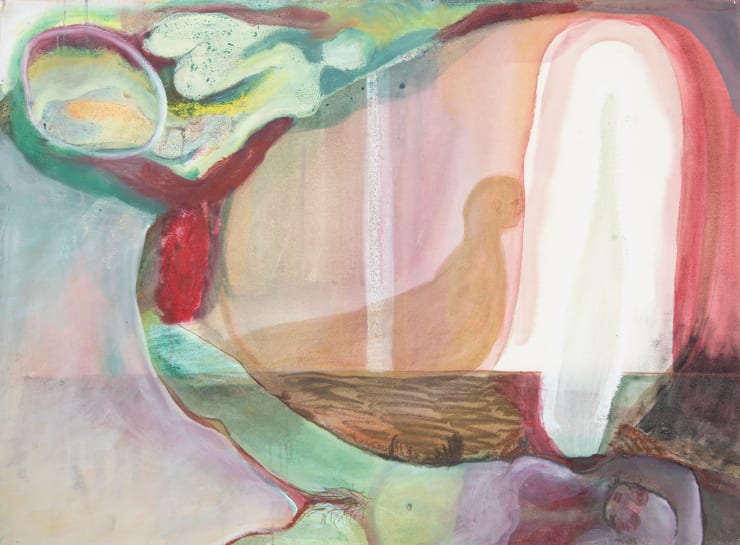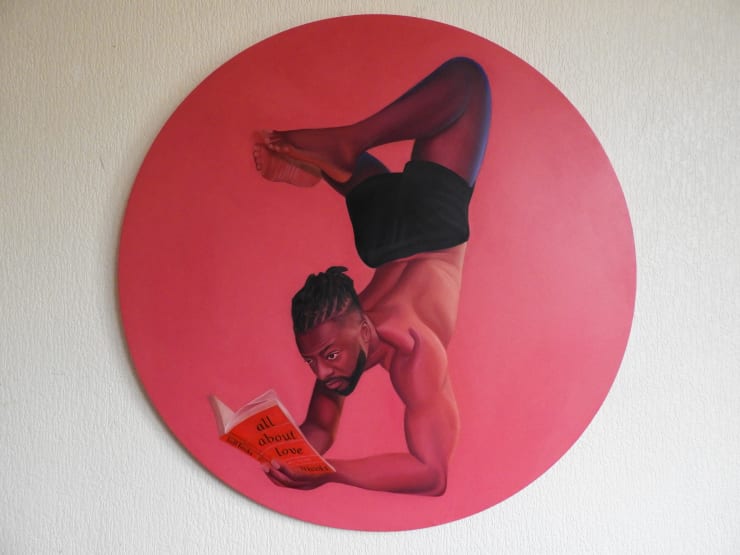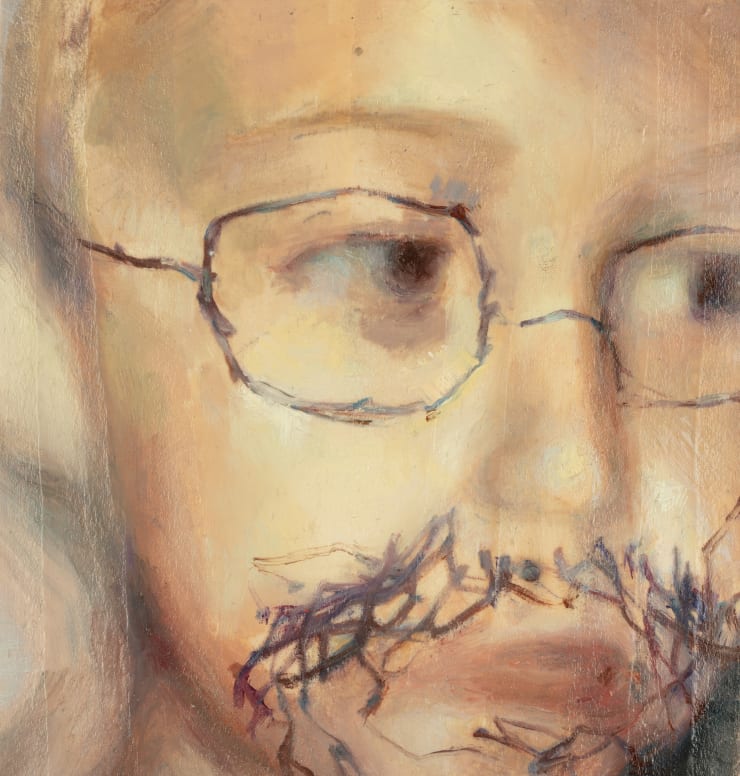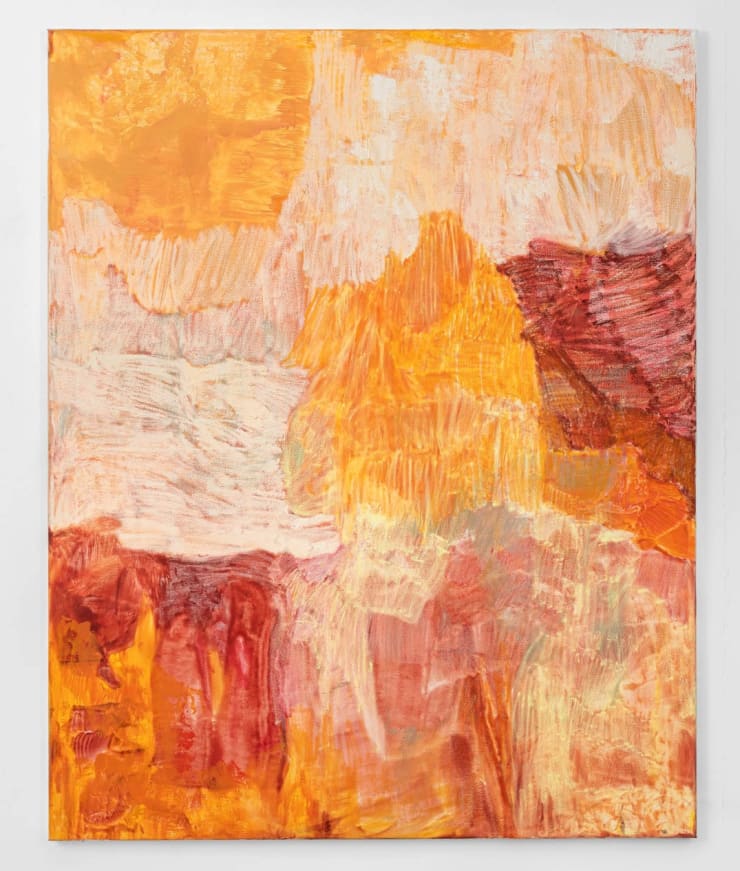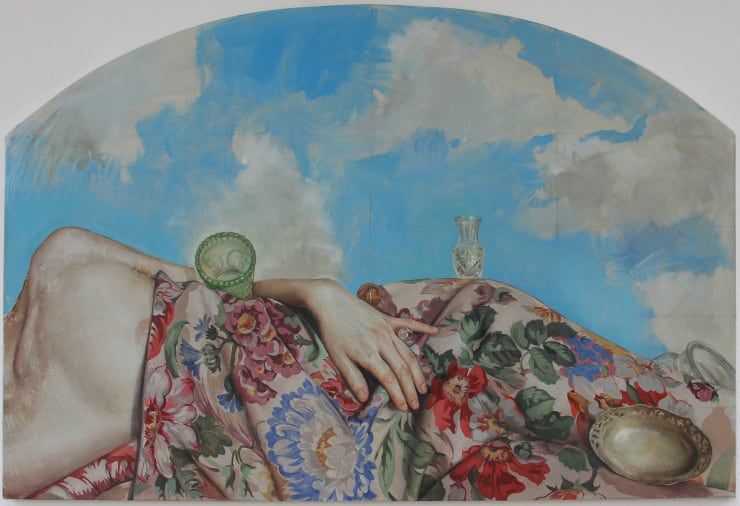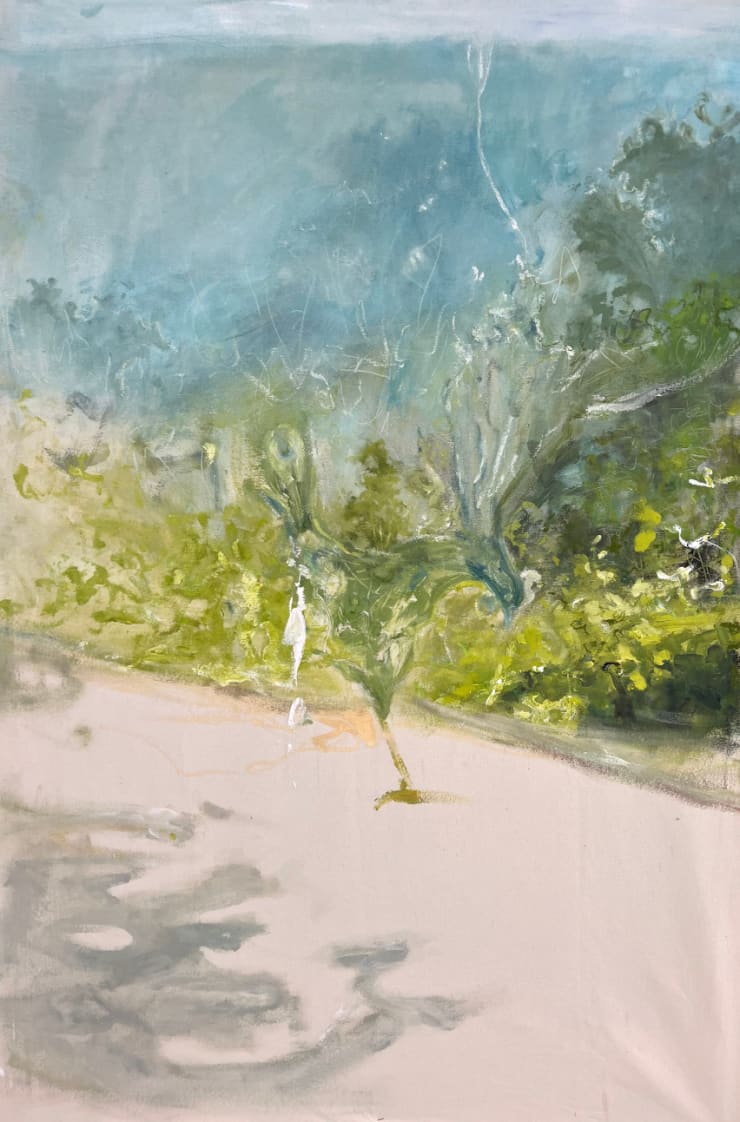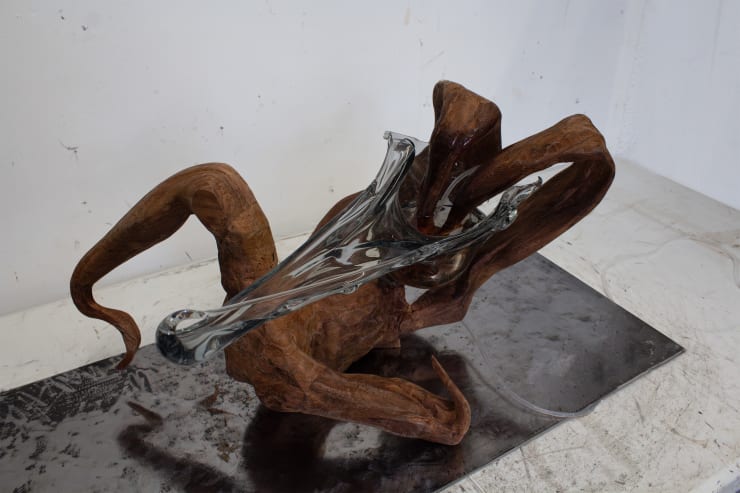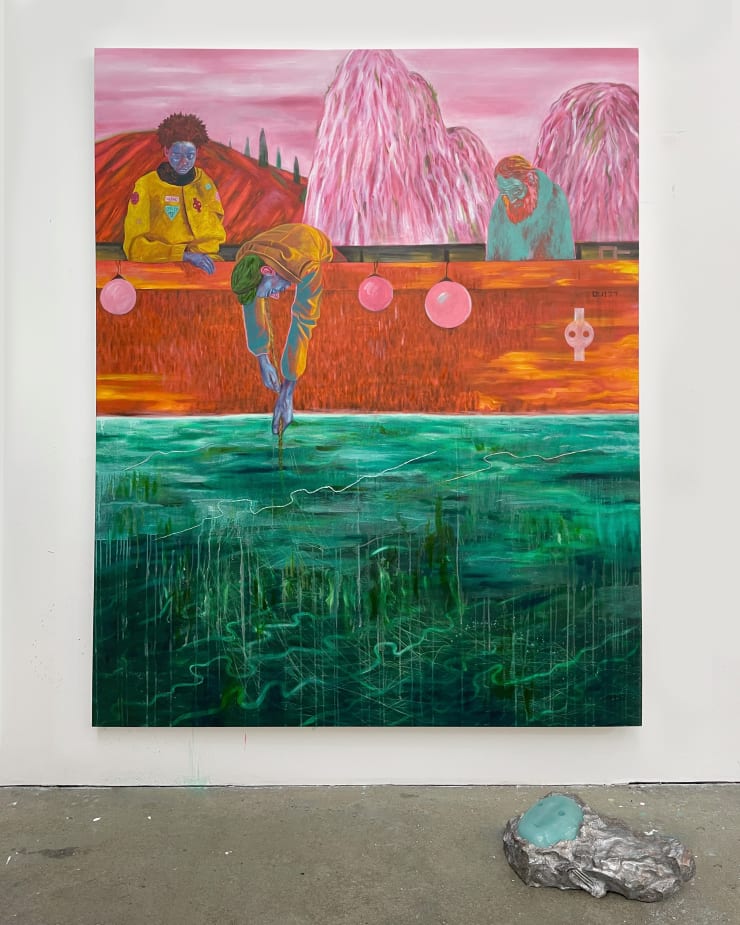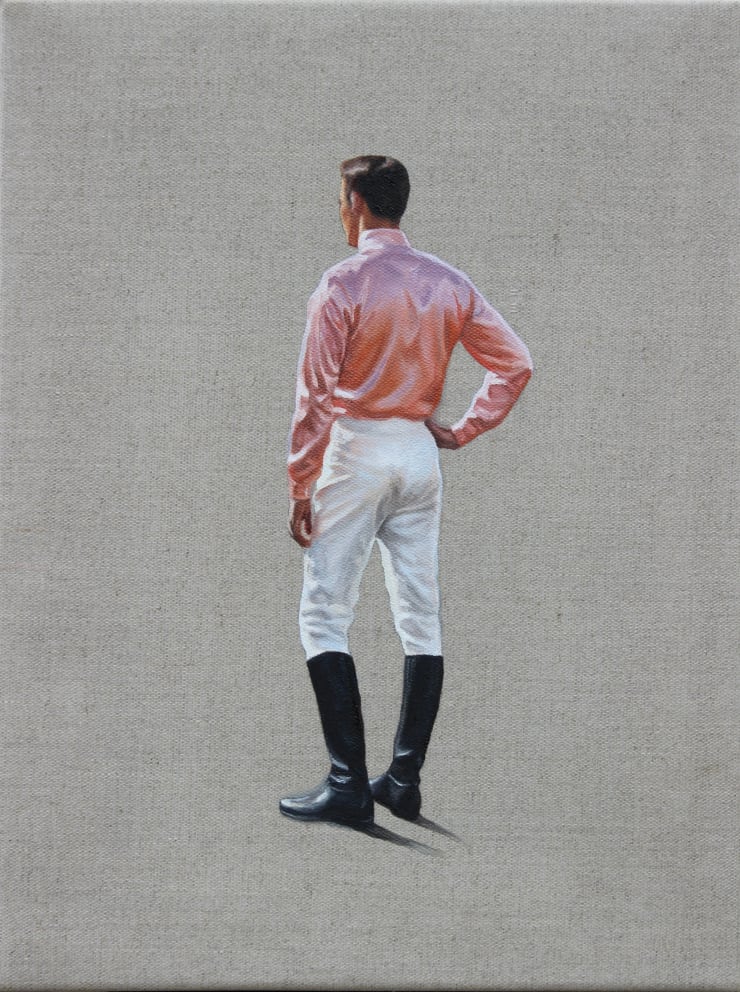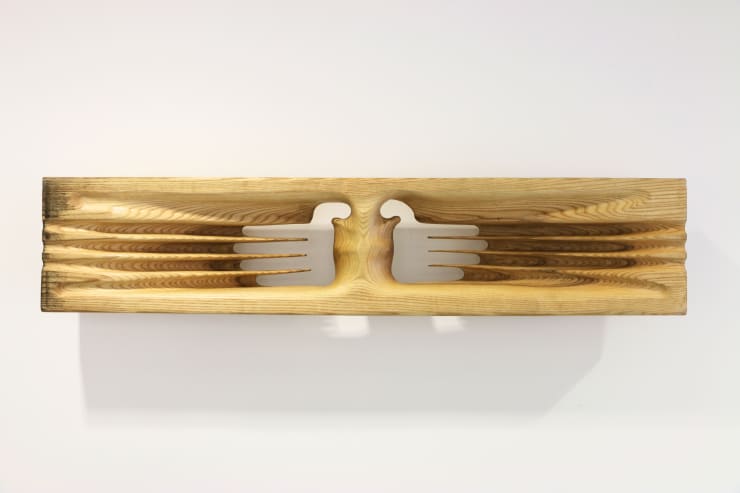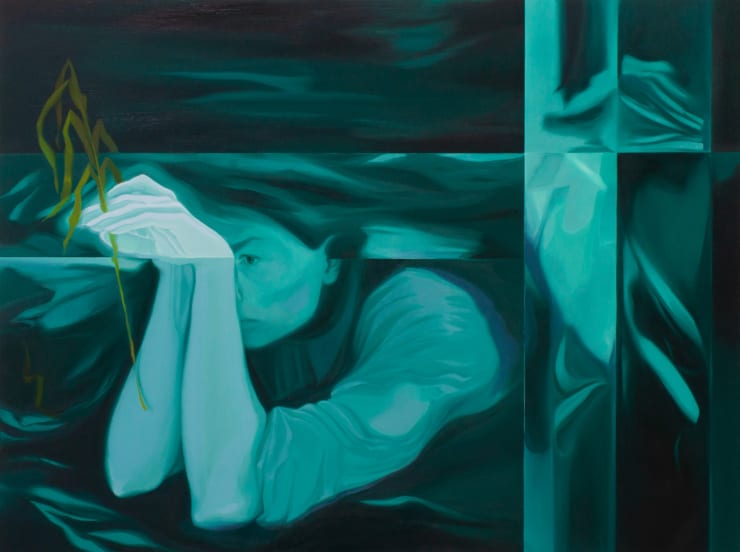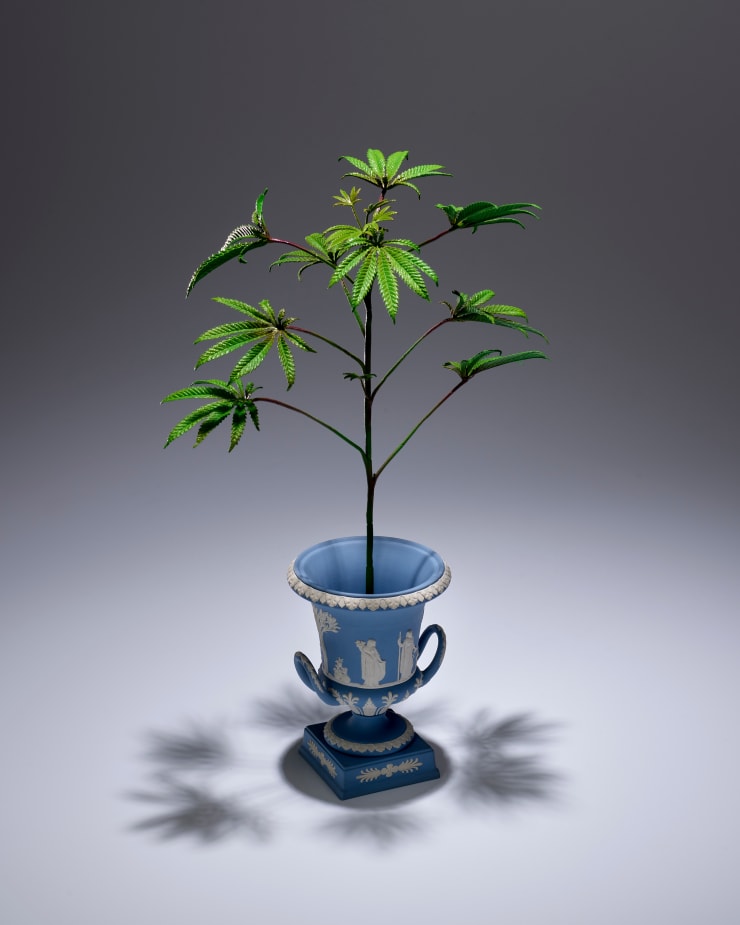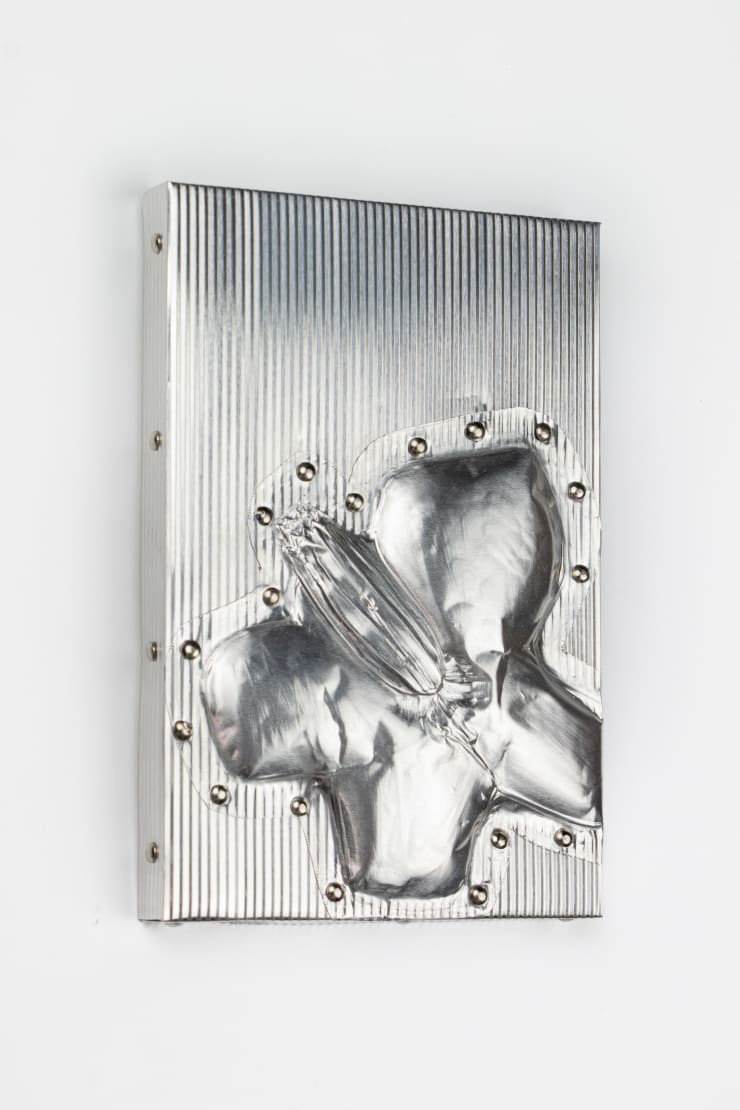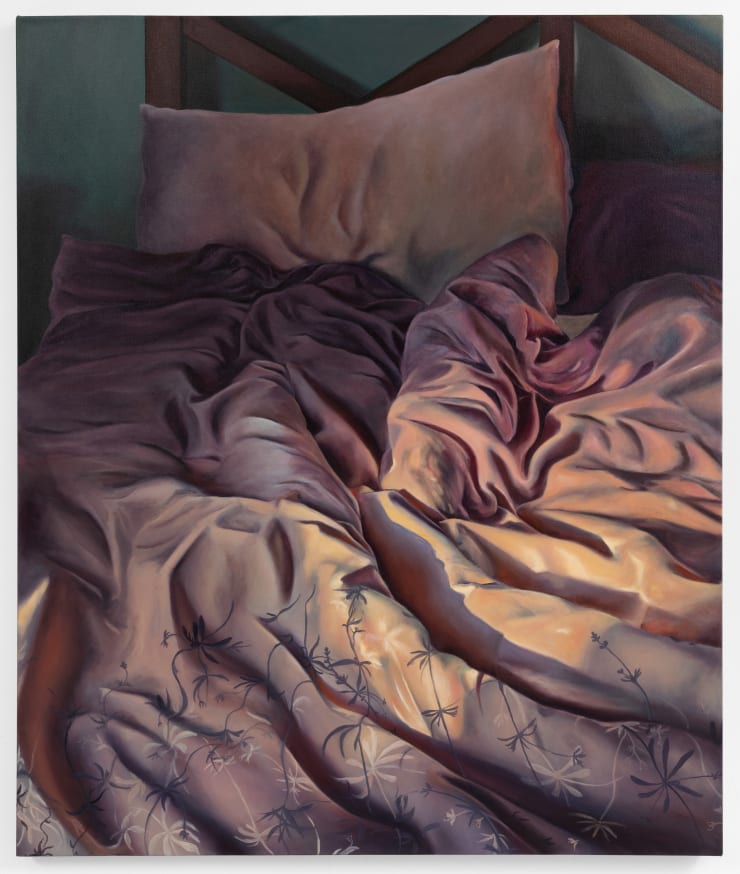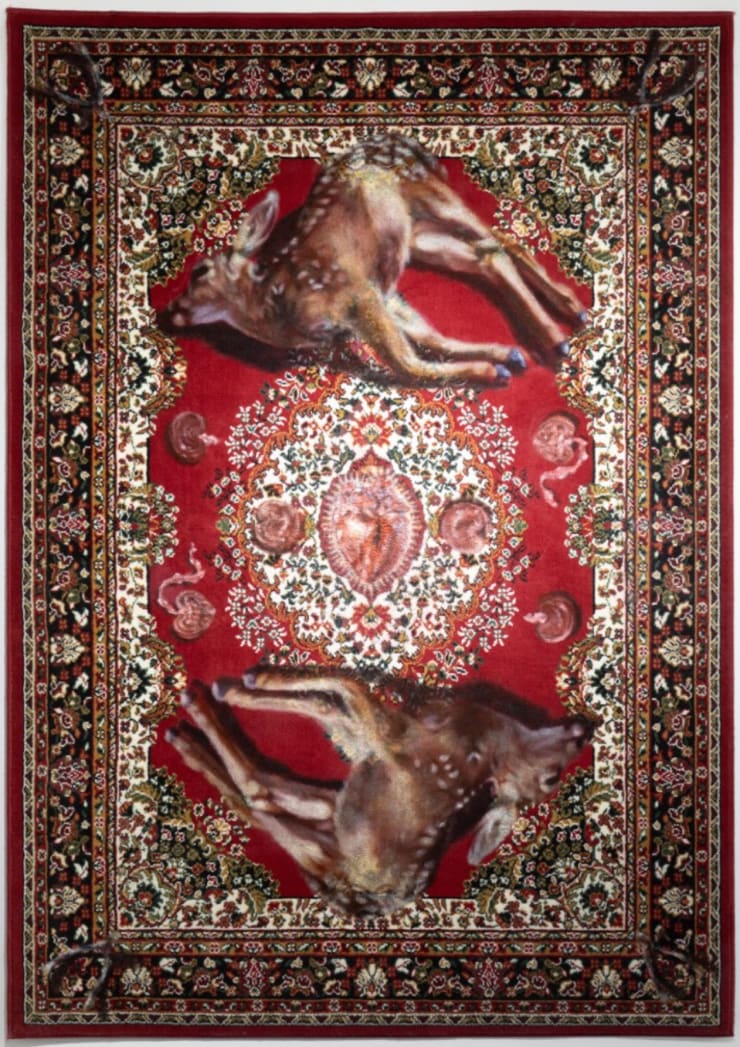The Hari Art Prize 2025
We're pleased to announce the winners and runners-up of The Hari Art Prize 2025!
In first place, winning £10,000 for her touching portrayals of grief and the instability of peace in Northern Ireland, is Beth McAlester.
In second place, winning £3,000 for his celebration of the small acts of intimacy that get embedded in the world around us, is Franklin Collins.
In third place, winning £1,000 for her miraculous manipulation of materials into forms that point towards the messiness of the human condition, is Elinor Haynes.
Here are the talented artists who made the shortlist and whose work is currently up on dispay at The Hari London;
Anna Curzon Price (b.1999) is a London-based artist working across painting and performance to investigate the power that can exist in vulnerability – and what it means to expose oneself to others. She exploits the sculptural and ethereal quality of paper to explore the human body as a constantly changing, porous site of interaction.
Beth McAlester is a Northern Irish artist based in London, England, exploring themes of identity, commemoration, and place. Through her paintings on wood, she examines semi-biographical narratives grounded by post-Troubles contexts within the UK and Ireland. She attained her BFA at the Slade School of Fine Art, UCL (2022-2025) and is is currently a student at the Royal Academy Schools, London (2025-2028).
Brianna Lois Parker (b.1998) is a Caribbean-British oil painter whose practice explores themes of memory, identity, and everyday life. Through oil paintings Parker creates intimate, symbolic, and culturally resonant portraits that centre diasporic narratives and intergenerational connection.
Cassie Vaughan's work investigates the concept of wilderness, solastalgia and the stories fostered by and held in land. She sees painting as an act of excavation and discovery similar to archaeology. She is fascinated by a sense of place that is ancient, continually shifting and elusive. As such, her paintings are spaces of mystery, outside of time and occupying a tipping point between collapse and permanence. They speak of the compulsion to be lost in landscapes that overwhelm us, even as we threaten to overwhelm them.
Celia Mora is attracted by the depiction of the human figure. She wants to achieve a sense of presence and self-awareness in her figures. Currently, She uses her partner as a subject. She plays with his image exploring our dynamic through performative poses - raw and playful - where the historical roles as men and women, the painter and his muse, are inverted. She takes advantage of our mutual trust to interfere, manipulate and control her choices in the display of his body.
Claudia Pons Bohman (b.1999) is an Ecuadorian artist with a Swedish and Spanish background. She has always been deeply connected to nature, where she often incorporates it as a prominent element in her paintings. Claudia's ideas are triggered by a specific place, thought, or dream that captures her imagination and refuses to leave her mind.
Damien Cifelli is a multidisciplinary artist and writer from Edinburgh, Scotland. His work is an exploration of the fictional world of ‘Tarogramma’, a detailed environment with its own culture, iconography, behaviours and traditions. He tells the story of the place through fictional anthropology; the paintings and artefacts serve as documentary images of a new world.
Elinor Haynes is a French-Australian multimedia artist based in London. She graduated from the MFA program at the Slade School of Fine Art in 2023. Her work has been exhibited internationally and has earned her recognition including the Kenneth Armitage Sculpture Prize (2023) and the Royal Society of Sculptors' Gilbert Bayes Award (2024).
Emily Hoyle is a British multidisciplinary artist with a specialism in oil painting. Her work features in private collections across the UK, New Zealand and the USA. Emily combines her love for Classical aesthetics and values, with a contemporary vision, honouring common human experiences across varying time and place. A childhood spent in the rural English countryside greatly influenced Emily. Working and living alongside horses, sheep and dogs led her to consider deeply the ancient partnership between people and livestock. Animals regularly appear as symbols across her artistic practice.
Franklin Collins is a south Korean/British Artist based in London studying a BA in Fine arts at CSM. His work explores the presence of interaction. Spanning from connection through physical materials, to the interaction between forces in nature or simply the interaction between one another. He searches for belonging by way of celebrating the very moments where he encounters the natural. Everything is always interacting with something. Yet they pass us by as instances to be held as memory. Collins aims to produce these living receipts of our actions and the actions of others.
Grace McNerney's paintings are a pursuit through the liminal and the mundane in search of the sex, religion, and death that underpin popular culture. Grace’s oil paintings are often inspired by charity shop discoveries - vinyl covers, old magazines, recipe books - that speak to the fashions and fads of earlier generations. She prefers her paintings saturated and soft, achieved through a buildup of thin layers of paint blended to evoke the slightly out-of-focus images of her subjects.
Through a queer feminist lens, Katie Tomlinson’s paintings depict ambiguous narratives that interrogate heteronormativity, body politics and the exploitative paradigm in which feminine beauty is controlled. Tomlinson categorises her practice into two distinct modes: ‘cropped’ and ‘narrative’ paintings. Both approaches are employed to challenge and reconfigure how the viewer interacts with the painted image. The cropped paintings are tightly framed compositions that reference the notional, voyeuristic, ‘keyhole’ viewpoint. Whilst the narrative paintings frame the canvas as a portal into an enacted scene, the artist employs theatrical strategies - most notably Bertolt Brecht’s Distancing Effect - to render the familiar strange.
Laura Kazaroff's practice is concerned with the ways in which happiness, especially in relation to mental health, becomes inevitably commodified. Through sculpture and installation, she explore the various ways in which this commodification permeates contemporary culture and makes its way into daily social interactions. Often, this is manifested in the overusing of certain terms and phrases until they completely lose their meaning. Her latest series explored the ‘invention’ of ‘devicesʼ that serve a satirical therapeutic purpose: a ‘vibeʼ check machine, a helmet to unleash your ‘true selfʼ, a magic wand that fixes problems with the ubiquitous refrain 'It is what it is'.
Magdalena Gluszak-Holeksa (b. 1990) is a Polish painter and a graphic designer, who currently lives and works in UK. She grew up in the Silesian Beskids Mountain range in the South of Poland. Throughout her practice, she draws on changing memories of the landscape surrounding her home as a metaphor for metamorphosis and as a way of building a visual language where human loss and natural cycles coexist. At the core of her process is her interest in depth psychology and how inherited beliefs and emotions form a non-verbal language within the unconscious, influencing both self-perception and our sense of belonging.
Born in Nanjing, raised in Shenzhen and Auckland, Monica Tong spent 8 years in corporate finance across Australasia before she took a detour to art and design. At Pasadena City College, she studied Studio Arts and Interior Design and practised as a multi-media artist in Los Angeles prior to her study at The Royal College of Art. Her creative process has always been influenced by different cultures, local environments and ways of living. Her works have been exhibited and collected in the US, New Zealand, China and the UK. By bridging the East and the West in her research, artistic and personal journey, she invites viewers to interact with her work closely and find resonance in their unique ways.
Rita Osipova is a multidisciplinary artist and curator who resides and creates between Rotterdam and London. Her artistic practice spans a wide range of mediums, including sculpture, installation, photography, painting, and poetry. Drawing inspiration from the philosophy of information, Osipova explores how digitalisation influences the human brain, emotions, and perception. Merging scientific insights with a poetic visual language, she constructs layered narratives that evoke intense, visceral experiences. Her immersive installations and sculptures document the ongoing social and emotional transformations shaped by digital culture.
Rodrigues Goncalves is a contemporary artist whose work blends satire with the absurd to celebrate a visual architecture of power. His practice feels both hauntingly historical and tenderly current. Drawing from ceremonial portraiture, imperial interiors, and institutional grandeur, he stages tableaux that reveal the seduction of influence refined into substances of ceremonial precision.
Susanne Baumann's practice spans from painting with oil and gouache to drawing and experimentation with used clothes. Her work evolves and manifests around ideas of the human body, mental health, and emotions. Feminist artists of the 1970s thought that the body was where nature and culture came together, where differences were reflected through biology and cultural perceptions, which made it an object of struggle. Due to her encounter with Stephan Perdekamp, theatre author, director, and creator of the Perdekamp Emotional Method (PEM), emotions and the human body have since played a significant role in my life, especially in how culture and society influence our behaviour and expression of emotions and the consequences of oppressed emotions.
Tinaye Makuyana uses paper to create sculptures that are playful, deceptive and curious. Her work is crafted to achieve a visual balance of geometric forms, with careful consideration regarding colour, form, and composition. Through the process of paper folding Tinaye explores the interplay of light, shadow, and geometry by replicating the shapes, depth and dimension found in architectural features. Optical illusions created using intense colour challenge audiences to question their surroundings and encourage contemplation about their perceptions of reality.
Wink King Moe is an explorer of questions — forever searching for answers to the elusive riddles of the universe she inhabits. From the bioluminescent shimmer of Halitrephes maasi adrift in the deep sea, to the delicate crumb of Proust’s madeleine, to the shifting politics of aesthetics — no mystery is too small or vast. She sees herself as “an inconsiderable creature in this swarming mass of mankind, which for a fleeting moment treads upon the surface of the earth.” And yet, within this brief existence, she finds endless wonder in what it means to be a single, feeling, thinking being. Through her paintings, ceramics, and aerial performances, Wink seeks to bridge the void — to give shape to what she believes is missing in art today. Her work is an attempt to fill the silent spaces, to trace the outlines of what remains unsaid, unseen, and unresolved.
Installation Photography by Gillies Adamson Semple
-
 Anna Curzon Price, Till the end of days - red and green, 2025
Anna Curzon Price, Till the end of days - red and green, 2025 -
 Brianna Lois Parker, Bending over backwards , 2025
Brianna Lois Parker, Bending over backwards , 2025 -
 Beth McAlester, f*nian b*astard g*rry ad*ms, 2025
Beth McAlester, f*nian b*astard g*rry ad*ms, 2025 -
 Cassie Vaughan, Mountains (Echo), 2024
Cassie Vaughan, Mountains (Echo), 2024 -
 Celia Mora, Odalisque, 2025
Celia Mora, Odalisque, 2025 -
 Claudia Pons Bohman, Uno de mis sueños, 2025
Claudia Pons Bohman, Uno de mis sueños, 2025 -
 Elinor Haynes, Drowning , 2024
Elinor Haynes, Drowning , 2024 -
 Damien Cifelli, Dredge Subwending, 2025
Damien Cifelli, Dredge Subwending, 2025 -
 Emily Hoyle, Jockey in Pink, 2025
Emily Hoyle, Jockey in Pink, 2025 -
 Franklin Collins, Gather, 2025
Franklin Collins, Gather, 2025 -
 Katie Tomlinson, I Want Money, Power, and Glory, 2024
Katie Tomlinson, I Want Money, Power, and Glory, 2024 -
 Laura Kazaroff, unleash your true self!, 2023
Laura Kazaroff, unleash your true self!, 2023 -
 Magdalena Gluszak-Holeksa, Still life with a dried plant, 2025
Magdalena Gluszak-Holeksa, Still life with a dried plant, 2025 -
 Rodrigues Goncalves, Propagation, 2023-25
Rodrigues Goncalves, Propagation, 2023-25 -
 Rita Osipova, Held Absence, 2025
Rita Osipova, Held Absence, 2025 -
 Monica Tong, lost paradise IV
Monica Tong, lost paradise IV -
 Susanne Baumann, Your soul lingers in the folds softly kissed by the rising sun, 2025
Susanne Baumann, Your soul lingers in the folds softly kissed by the rising sun, 2025 -
 Tinaye Makuyana, Under the Rainbow, 2023
Tinaye Makuyana, Under the Rainbow, 2023 -
 Wink King Moe, AT SEA IN A DENSE FOG (I)
Wink King Moe, AT SEA IN A DENSE FOG (I) -
 Grace McNerney, Fawning, 2024
Grace McNerney, Fawning, 2024

